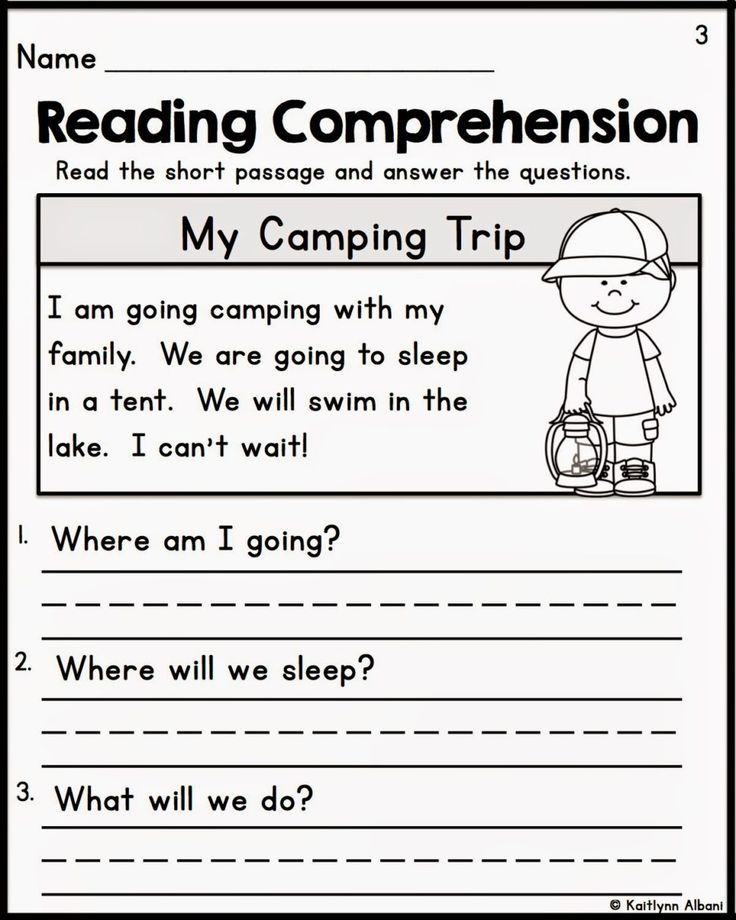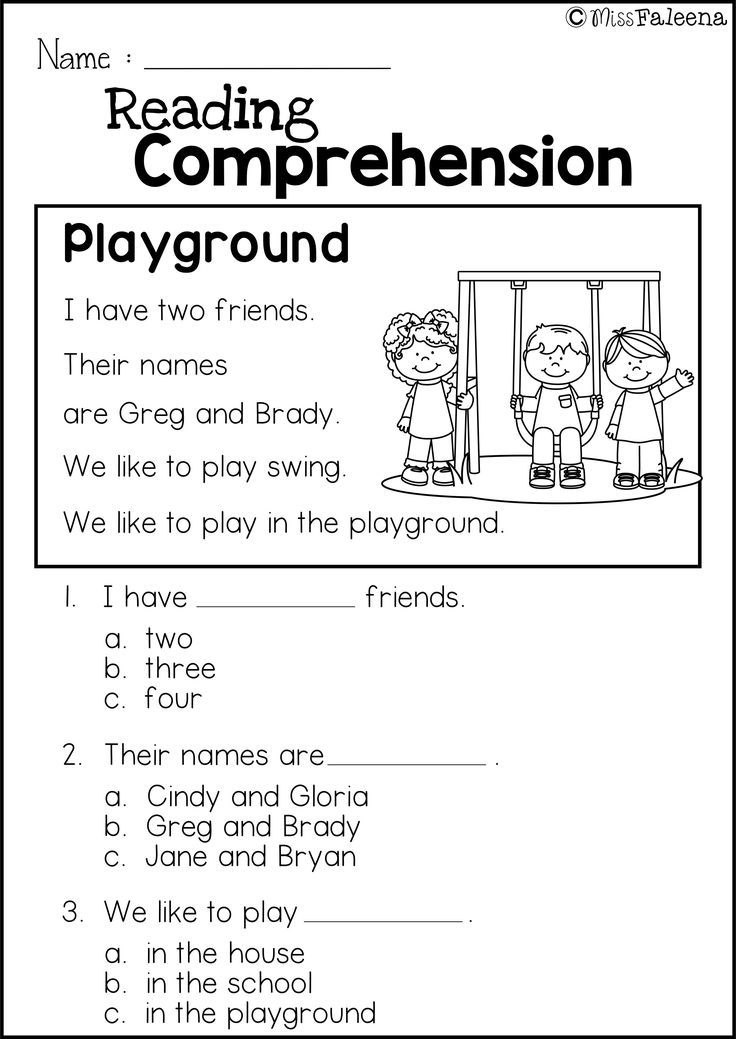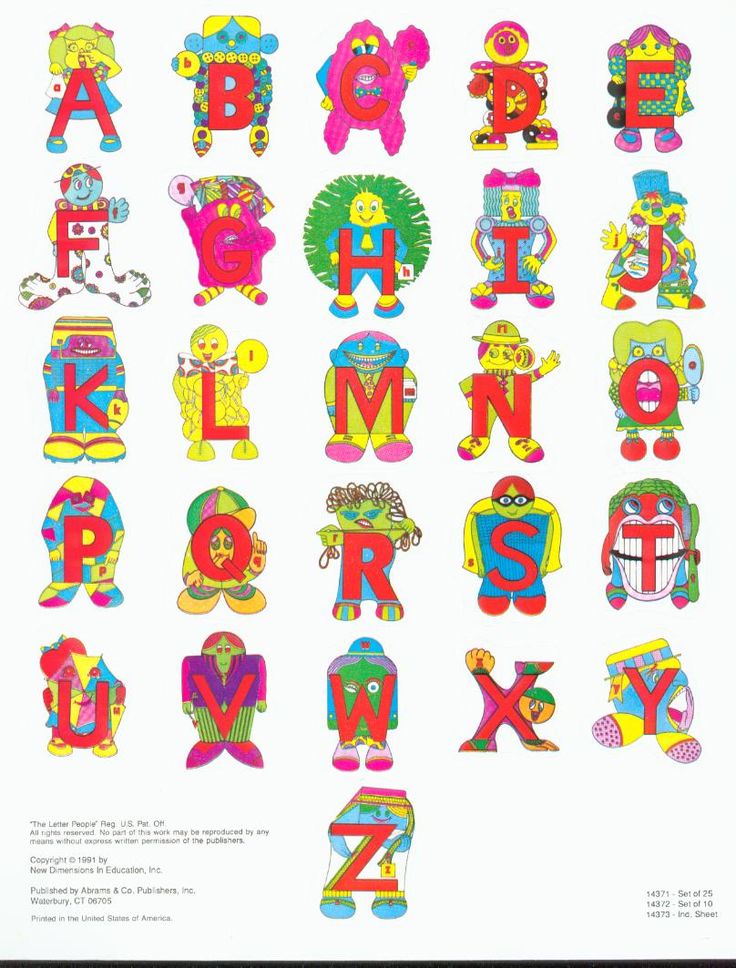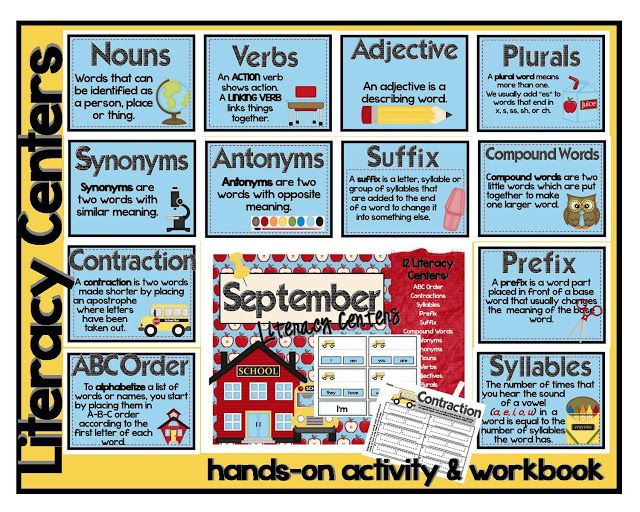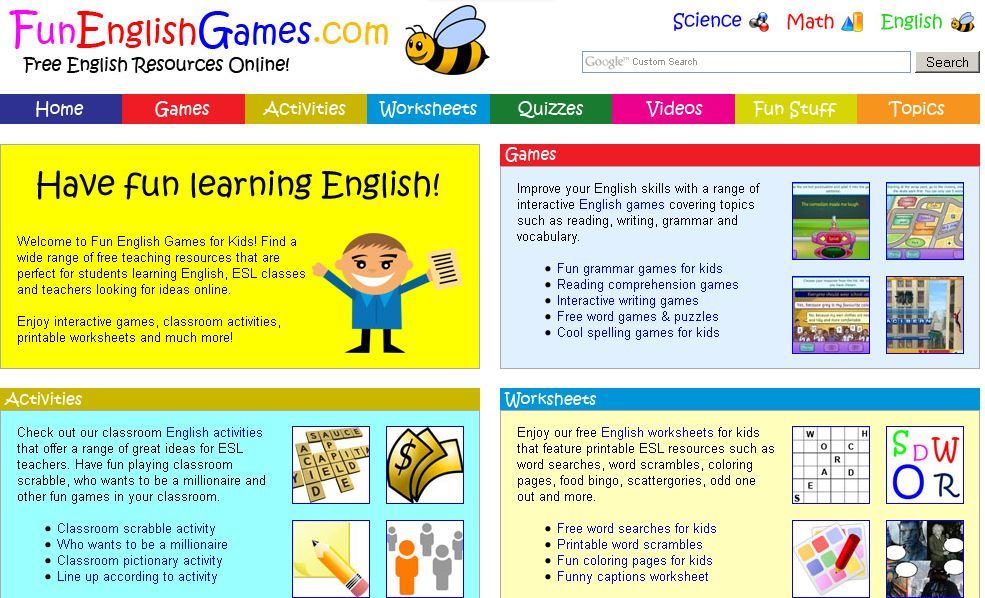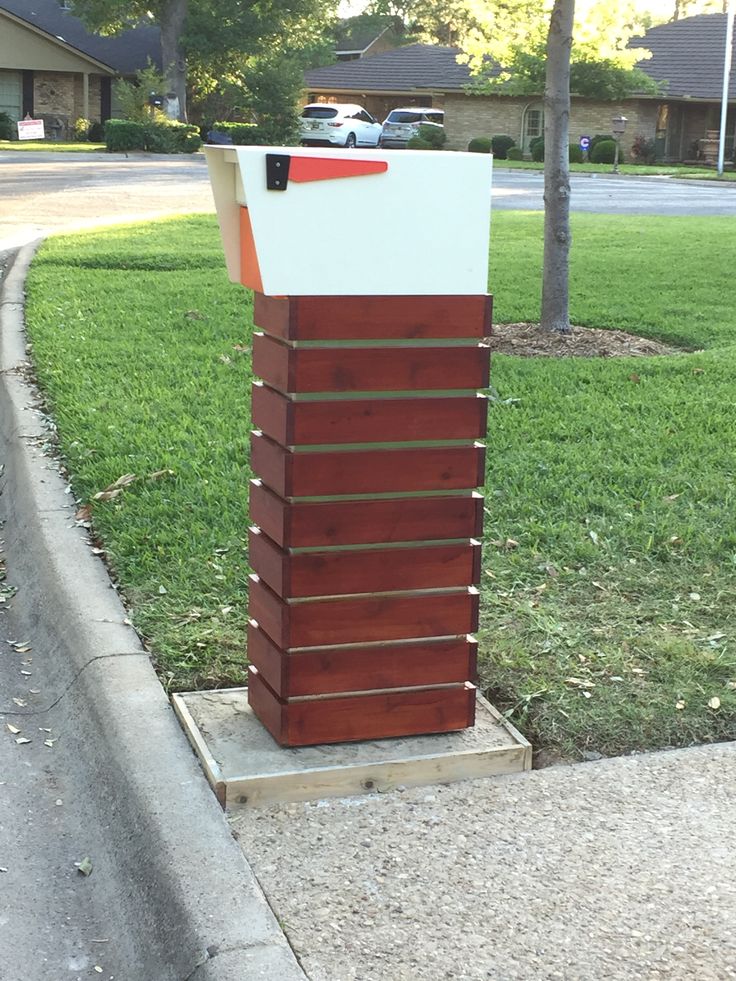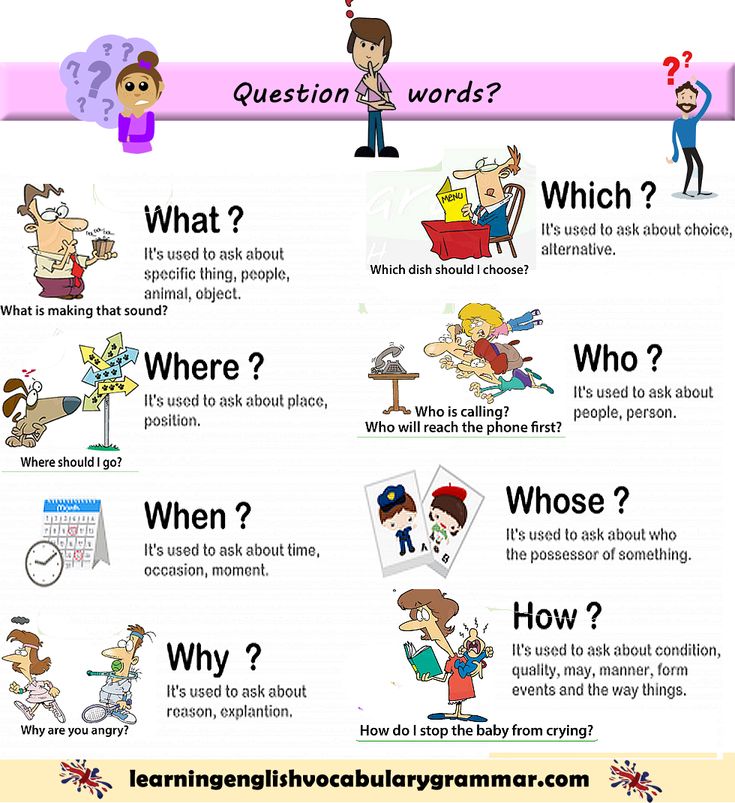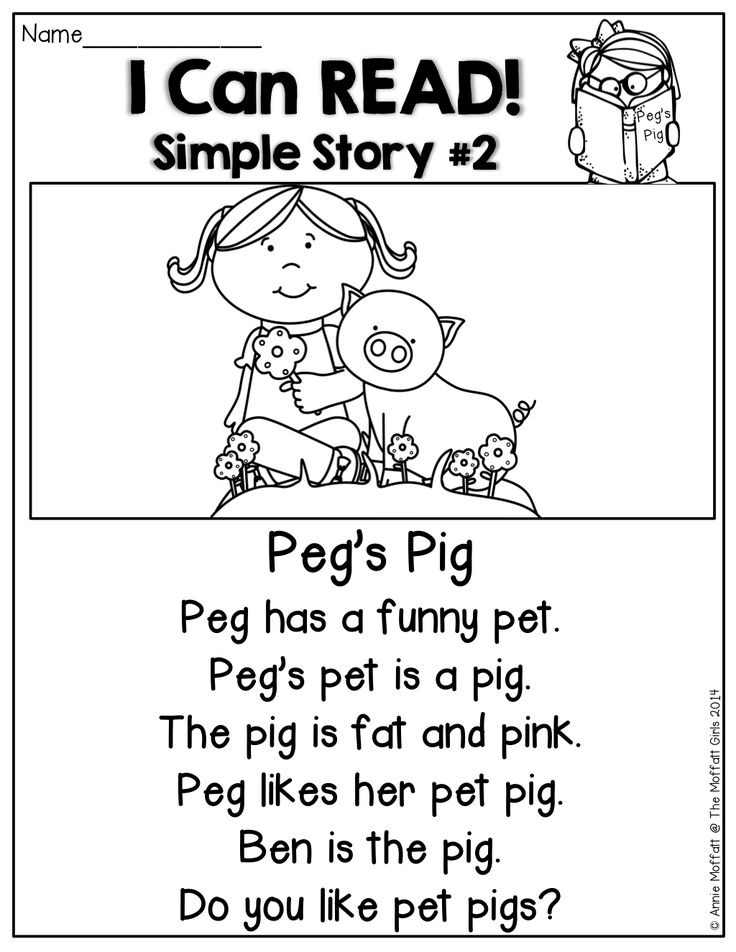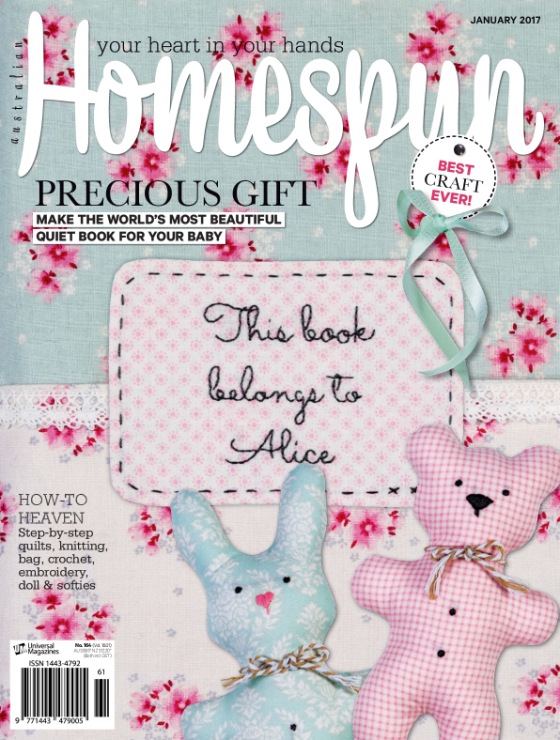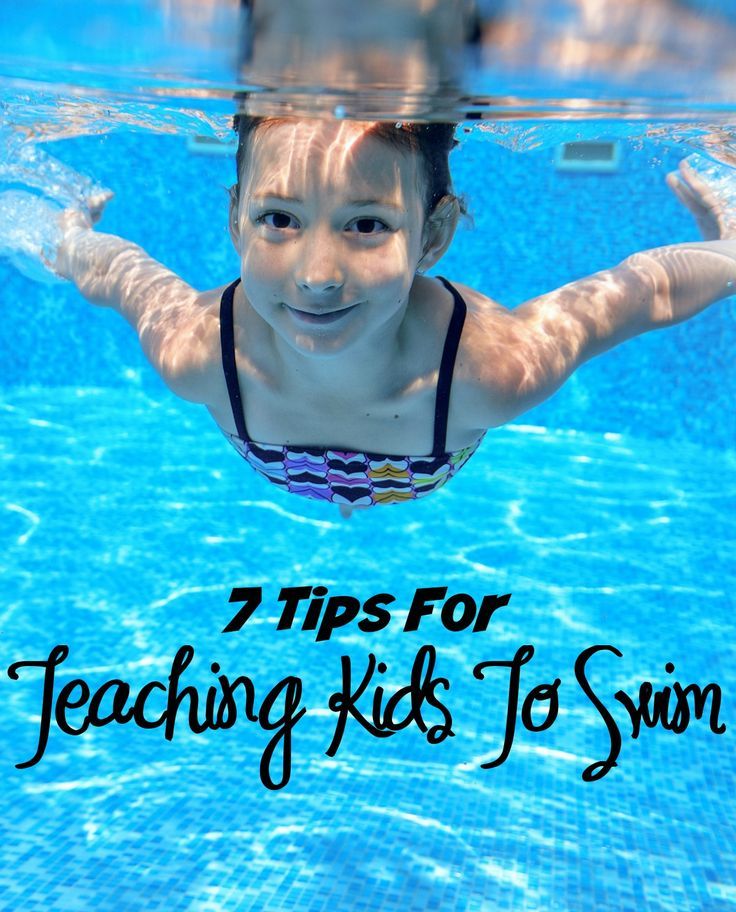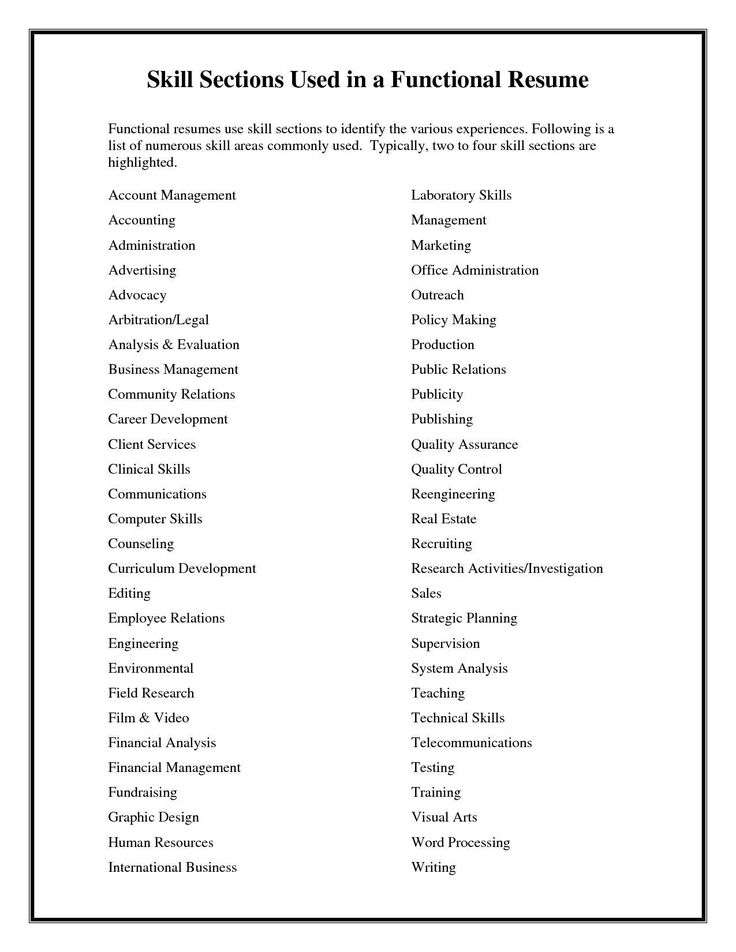Teaching lowercase letters to preschoolers
5 Easy ways to teach the alphabet to preschoolers | Daycare Blog
Teaching children the alphabet is foundational to learning how to read. Before children can put together sounds or draw together lines that make words, they need to know what they are. If you’ve never taught the alphabet before, the concept may sound abstract: how do you teach something that comes so naturally to you? Teaching letters can be really fun and simple. In this article, we’ll give you easy ways to teach the alphabet to preschoolers.
1) Sing alphabet songs
Obviously, we all know the English-language, “A-B-C-D, E-F-G,” song. That’s a great place to start. However, there are more alphabet songs, which can add variety to your tunes, and help kids learn the alphabet in different ways.
This article lists a whole bunch of alphabet songs to try. And, if you saw our article on YouTube channels for toddlers and preschoolers, you can find letter-related songs there too. The visuals in videos can show objects that start with each letter, and sometimes the songs also pronounce sounds too.
One important note brought up by this early childhood educator, is that kids should go from singing the song, to being able to say and point out the letters without a tune. So don’t stop at singing!
2) Play letter matching games
Letter matching games are easy to set up. You can have a poster board with the alphabet printed on it in large letters. Have separate letter magnets or paper letters cut out at the same size as the print letters. Ask the preschoolers to match their cut outs to the letters on the chart. Where does “A” go? Place the letter “A” cut out on top of the printed “A” on the poster board. Get them to practice doing this with all the other letters.
As the early childhood educator mentioned above noted, you can also have an alphabet ‘arc,’ where one end of a half-circle shows the letter “A”, and the other end the letter “Z”. In between you can have other letters in the alphabet shown, but not all of them. Ask the preschoolers to put down their block letters in the right sequence, using the pre-filled in letters as clues.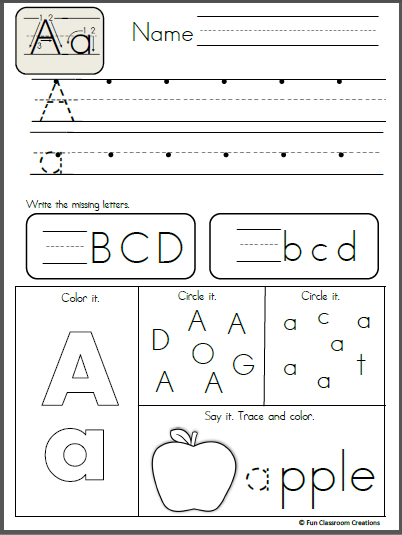
3) Open a new ‘alphabet box’ each week
You may have seen us post on Facebook that a certain week is brought to you by a letter we’re covering. It may be “C,” and you’ll see photos of us painting the letter C at daycare, or learning about animals that start with the letter “C.” Weekly letter themes are common in preschools.
You can take your weekly letter curriculum a step further by creating a box that children can open to discover objects that relate to that letter.
For example, on the week covering the letter “A,” your preschoolers can open (or even unlock) a box that contains an apple, a toy airplane, a toy alligator, an acorn, an arrow (a safe one!), and so on. In fact, don’t tell the children right away what letter the box of ‘treasures’ represents. Ask them if they can guess the letter they’ll cover that week by observing the objects in the box alone. This can be a fun and whimsical way to have your children get excited about the week ahead, and work together to come up with an answer.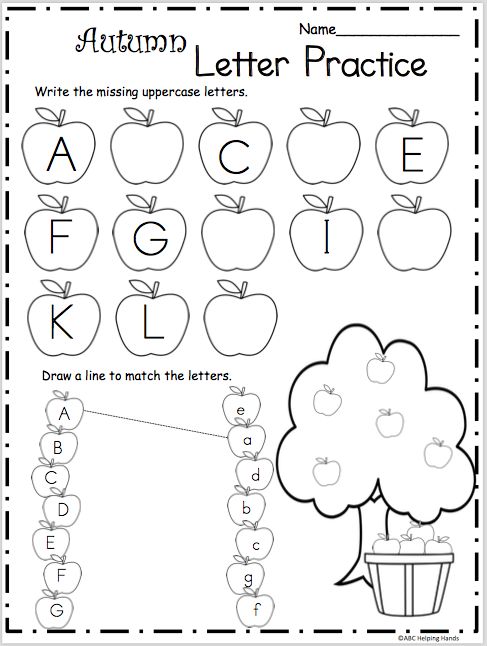
3) Use interdisciplinary learning with each letter, to strengthen letter associations
Since repeating a letter over and over again can get boring, you can mix it up a little by bringing in related lessons. You can start with a week’s letter as your core subject. Then, throughout the day, teach interdisciplinary subjects that still relate.
For example, if you are on the letter “R,” you can learn about the colour “red” too, since it starts with “R.” Ask the children, ‘what things are red?’ If you are on the letter “A,” you can learn about apples. We’ve done this before, where we teach children about the types of apples there are, as well as explain that seeds are inside an apple, and so on.
This blogger lists a whole bunch of crafts you can you incorporate into your letter learning. For example, you can make holes with a hole punch for the letter “H.” This can then lead into learning about the circle shape. You get the idea…
4) If you use flashcards to teach the alphabet, use logical ones
Flashcards are a great memorization tool, and the alphabet is all about memorizing.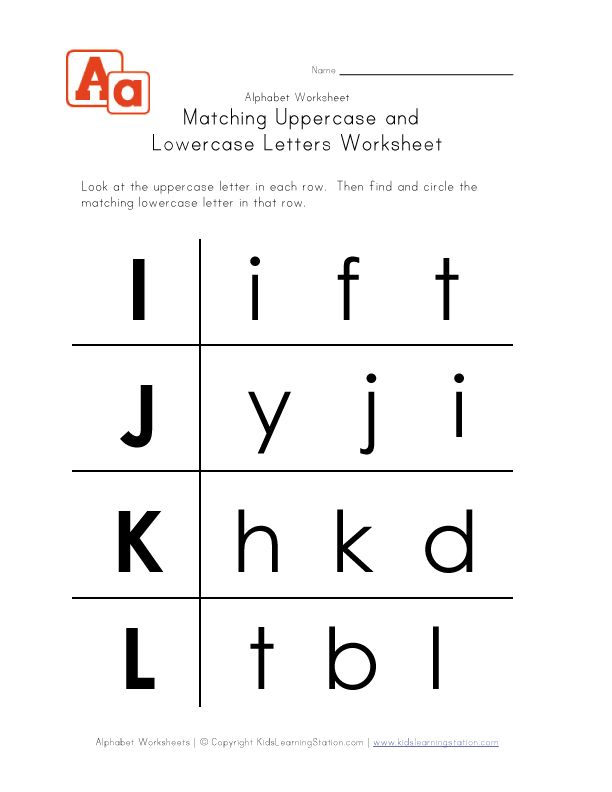 However, this teacher warns that sometimes, pre-made flashcards can get really confusing. If you are teaching the letter “D” and there is an image of something that simply uses the sound of “D” somewhere in the word, but doesn’t start with “D”… well you can quickly see how even adults would be confused by that.
However, this teacher warns that sometimes, pre-made flashcards can get really confusing. If you are teaching the letter “D” and there is an image of something that simply uses the sound of “D” somewhere in the word, but doesn’t start with “D”… well you can quickly see how even adults would be confused by that.
Remember, at this stage, you’re not teaching phonetics or complex vocabulary and pronunciation. First, children need to recognize and know the alphabet. Use the simplest flash cards, with the simplest pictures of the objects and animals that preschoolers can recognize.
That said, sometimes you want to use lowercase and uppercase letters in your flashcards…and yes, that can be confusing for the very young learners, especially when the upper and lowercase look so different, but are called the same thing. But if you’re using a set of magnets, for example, you can just use their uppercase versions, that’s ok (they may only come in that form). For very early learners, you can start really basic. Just don’t forget to start showing them the lowercase and uppercase letters together at some point in their alphabet learning journey.
Just don’t forget to start showing them the lowercase and uppercase letters together at some point in their alphabet learning journey.
5) Eat foods shaped like letters to help preschoolers learn their alphabet
Speaking of interdisciplinary alphabet learning, why not do a baking session with the kids at preschool? They can use letter-shaped cookie cutters to make a fun and yummy snack. Meanwhile, there is a host of lessons you can teach with the baking activity. Chemistry, cooking, nutrition…the list goes on.
If you want the easy route, try commercially-sold letter-shaped biscuits. IKEA has a version of these. Ask your toddler or preschooler to name the alphabet letter they’re about to eat. Eating it can be the reward for getting it right!
And of course, there is alphabet soup, or noodles shaped like letters. You can make mealtime fun, and educational, with these edible alphabet manipulatives.
So there you have it, 5 easy ways to teach the alphabet to preschoolers.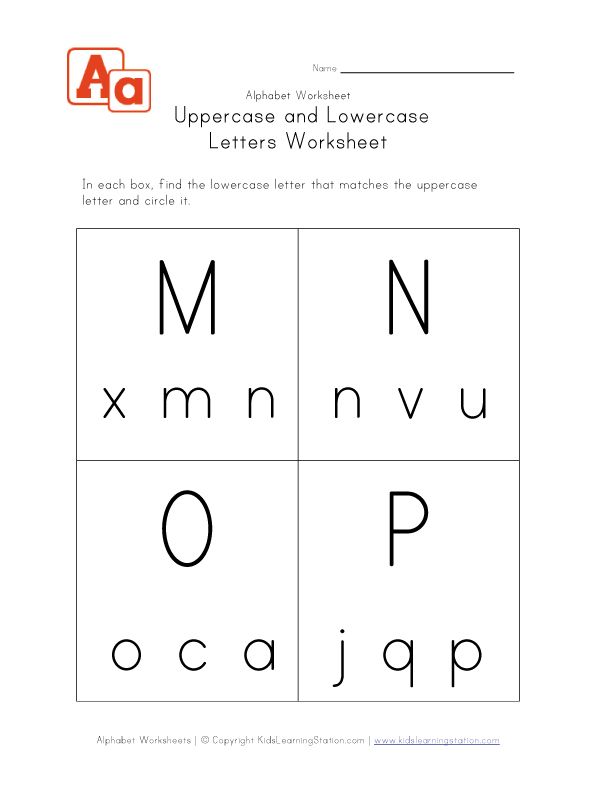 They may even be fun for you, too! It is super cute to hear little ones pronounce letters, and guess what object goes with each letter. When your preschoolers are learning the alphabet, be sure to take every teachable opportunity you can to encourage them to recognize letters in the world around them. If you’re on a field trip, ask the children if they can spot their letter-of-the-week on a street or building sign. If you’re reading a book, see if they can spot the letters you’re reading to them. Keep pushing letter recognition throughout the day, so the lessons can really sink into their memory.
They may even be fun for you, too! It is super cute to hear little ones pronounce letters, and guess what object goes with each letter. When your preschoolers are learning the alphabet, be sure to take every teachable opportunity you can to encourage them to recognize letters in the world around them. If you’re on a field trip, ask the children if they can spot their letter-of-the-week on a street or building sign. If you’re reading a book, see if they can spot the letters you’re reading to them. Keep pushing letter recognition throughout the day, so the lessons can really sink into their memory.
See more on our blog:
- How to teach digraphs to preschool children (6 ways)
- What is the best way to teach word recognition to early childhood readers?
- Why is literacy crucial in the early years? How can parents and preschools help with reading skills?
- How to teach toddlers and preschoolers to count, and learn their numbers
- Ideas for teaching shapes in preschool and daycare
How To Teach Your Child Uppercase Letters And Lowercase Letters
If your little learner is showing an interest in exploring uppercase letters and lowercase letters, you’ve come to the right place! We’re here to help you and your child have fun while learning.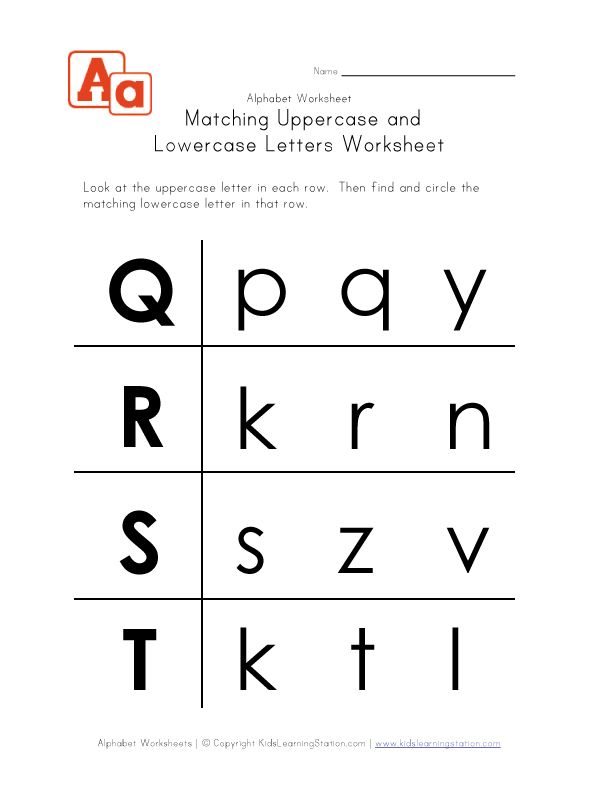
In this article, you’ll discover the best way to start teaching your child about uppercase and lowercase letters to set them up for success.
Plus, we’ll share 11 of our favorite activities for practicing letter recognition and forming letters so your child can build their skills and confidence while engaging in fun learning games!
Table of Contents
- Tips For Teaching Uppercase Letters and Lowercase Letters
- 11 Fun Ways To Practice Uppercase Letters And Lowercase Letters
- Learning Letters Is Fun With HOMER!
Tips For Teaching Uppercase Letters and Lowercase Letters
When children are beginning to learn the difference between uppercase letters and lowercase letters, many find it easiest to learn uppercase letters first. This is because letters are often simpler to draw and differentiate from other letters when they’re capitalized.
However, since lowercase letters are used more often throughout text, it’s important for children to learn that there are two forms of each letter and to understand how they connect to each other.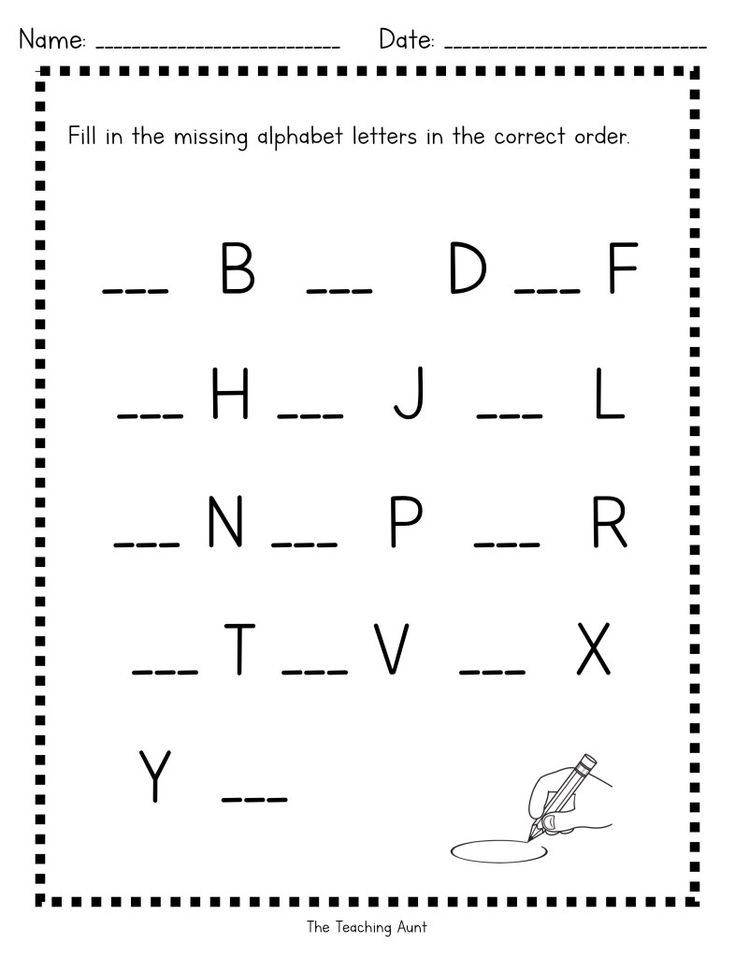
To accomplish this, start by teaching letters that have similarities between their uppercase and lowercase versions. For example, “T” and “t” are usually easier to link than “G” and “g.”
This process takes time, so don’t be afraid to go slow. Your child likely won’t master all 52 letters at the same time — it’s a huge task for their working memory! This skill will improve the more you practice together.
Additionally, while being able to identify the name of each letter is crucial, it’s more important for children to link the primary sound that each letter represents to both versions of a letter.
This will become a key tool they can use later when they begin to sound out words while reading, so it’s a good idea to practice early in the letter recognition process.
Depending on where your child is on their literacy learning journey, it can also be helpful to explain what the purpose of uppercase letters is. This way, your child can understand where uppercase letters fit into sentences and what they mean.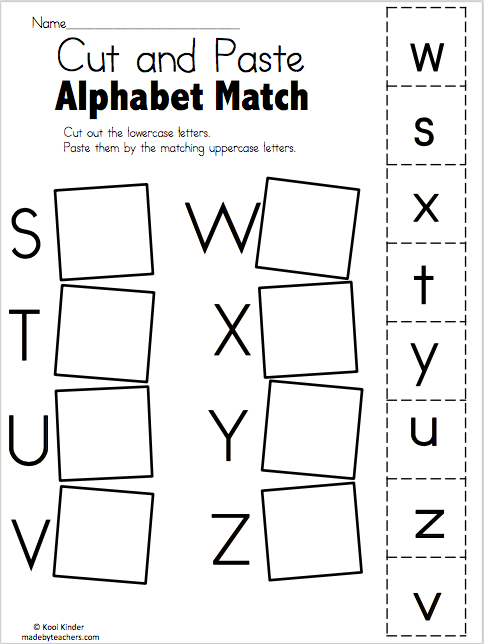
To do this, you’ll want to explain that uppercase letters are used at the beginning of a sentence and when you’re writing the name of a person or city, for instance. Of course, there are other times uppercase letters might be used (like in acronyms), but that’s a lesson for another day!
Letter Vocabulary To Teach Your Kids
When you’re talking about letters with your child, it’s important to help them understand the words people use when discussing the alphabet. These vocabulary words will ensure your child can communicate effectively and comprehend what others are saying.
Here are a few key words related to these activities your child should know:
- Letter: One of the 26 symbols that make up the English alphabet. Each letter has a name, like “A” or “B,” and represents a sound (or sounds).
- Alphabet: The alphabet is the name for all of the letters.
- Uppercase letters: These letters have specific functions and usually come at the beginning of a sentence or proper noun, among other uses.

- Capital letters: Capital letters are another name for uppercase letters.
- Lowercase letters: These letters are the most common but can vary by font (more so than uppercase letters), which can be confusing for young learners.
You don’t need to quiz your child on these words or make them memorize the definition. Simply use these words when you’re talking about letters so your child can become familiar with the terms.
11 Fun Ways To Practice Uppercase Letters And Lowercase Letters
Learning letters doesn’t have to be boring! Here are some of our favorite games and activities that make learning fun.
1) Everyday Letter I-Spy
I-Spy is a fun, simple way to incorporate uppercase letters and lowercase letters into your child’s everyday life and help them practice letter recognition.
By drawing their attention to different letters throughout the day, you’ll strengthen their skills bit by bit without them even realizing it!
What You’ll Need:
- Signs or other words around you
What To Do
Simply start asking your child to identify letters as you go about your day together. Beginning with letters that matter to them, such as the letters in their own name, is a great way to begin.
Beginning with letters that matter to them, such as the letters in their own name, is a great way to begin.
Then you can work your way up to letters in other special words as their letter recognition skills improve. For example, try asking your child to identify the letter “L” in the sign for the laundromat, or how many of the letter “T” they can find in the menu at a restaurant.
This activity is a fantastic learning tool, as a game of letter I-Spy can be played practically anywhere, and you don’t need any equipment — all you need is a good eye for spotting letters!
Try adding this fun game into your daily routine to sneak in some letter recognition practice.
2) Create Letters In Nature
As an engaging way to bring learning outdoors, try practicing to form letters by using materials found in nature. Whether you take a walk around the neighborhood or create a scavenger hunt in the backyard, you’ll have fun collecting materials with your child.
What You’ll Need:
- A variety of natural materials, such as rocks, sticks, or leaves
What To Do:
Once you’ve gathered the natural materials you found, it’s time to practice forming uppercase letters and lowercase letters with these supplies.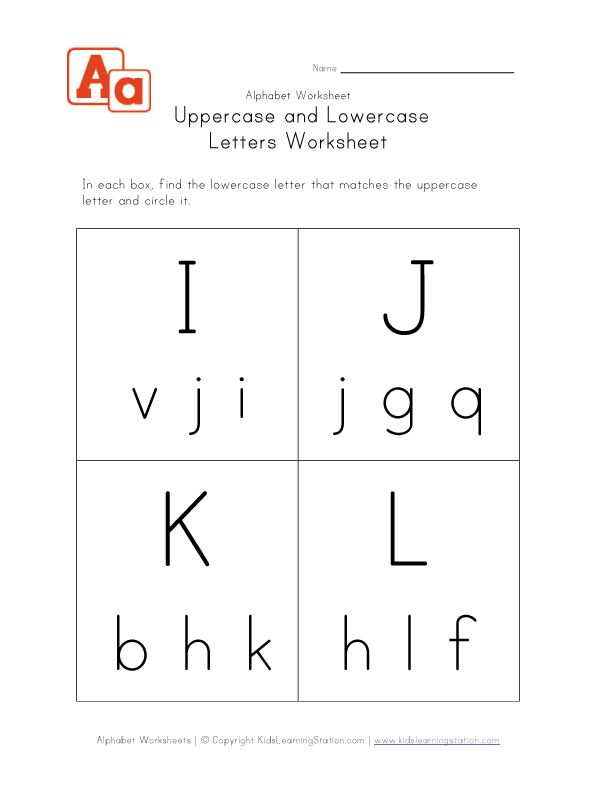
Start by choosing a letter that your child is familiar with, and have them write it out by forming it with one of their chosen materials.
Note: Rocks and leaves are easiest for forming rounded letters (B, C, D), and sticks are best for letters with straight lines (A, F, T).
When your child has mastered a particular letter in uppercase, ask them to form the same letter in lowercase. Gradually move on to trickier letters that they might be less familiar with to challenge their skills.
With plenty of practice, your child will know all uppercase letters and lowercase letters by heart. (At that point, you could include a time limit to see how many letters they’re able to create within a particular time period as a fun challenge.)
3) Guess The Magnetic Letter
This is another easy letter recognition game that doesn’t require much equipment and can be really fun to play (especially when the kids are able to outsmart the grown-ups!).
What You’ll Need:
- A set of magnetic letters (we recommend the ones in the HOMER Explore Letters Kit)
What To Do:
Grab your magnetic letters.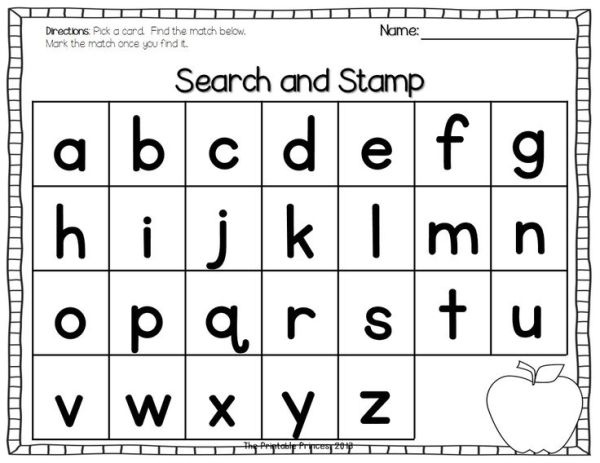 Then, have your child put their hands behind their back before handing them a single letter of your choice.
Then, have your child put their hands behind their back before handing them a single letter of your choice.
Ask your child to identify the letter in their hands — without peeking! — only by touch. For children who are still learning, provide choices for them to guess between (“Do you have a ‘T’ or a ‘B’ in your hands?”).
For older kids who are mastering letters, make the activity trickier by increasing the number of letter possibilities, and, eventually, have them guess without any hints at all.
It’s important to take turns so that you also give this letter recognition activity a go as the adult. It’s encouraging (and usually entertaining) for your child if you try and fail a few times by guessing a letter or two incorrectly.
Don’t be afraid to “mess up” in this game!
4) Letter Matching Cards
For this activity, you’re going to need a set of letter-matching cards. While you can purchase a variety of different types, we think it’s fun to make our own personalized set!
What You’ll Need:
- Paper or cardboard to cut into 52 cards
- Scissors
- A marker
What To Do:
Start by cutting out rectangles of paper or cardboard for your cards, one for each uppercase and lowercase letter.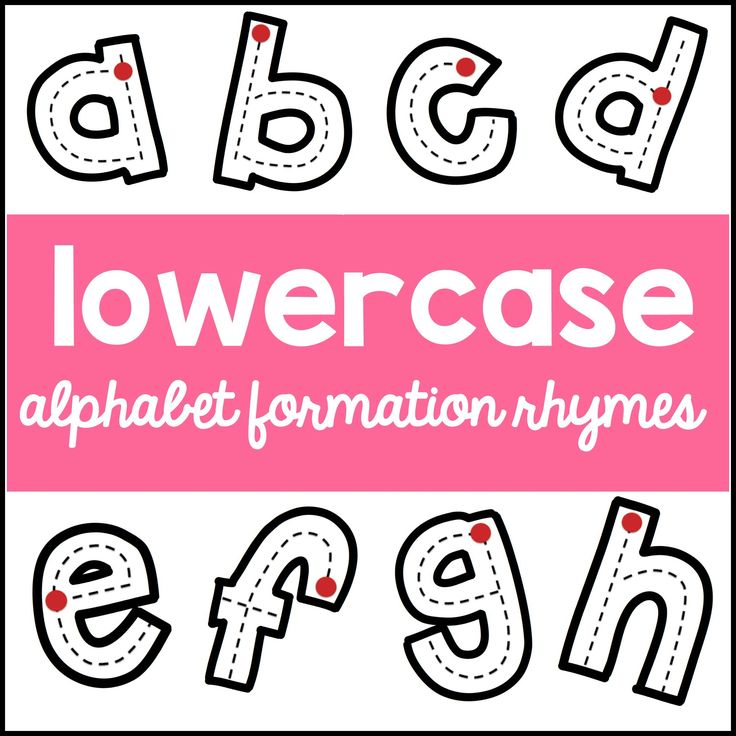 Then, write a letter on each of the cards, or have your child practice writing it themselves.
Then, write a letter on each of the cards, or have your child practice writing it themselves.
After the letters have been written, your child can decorate to their heart’s content! You might even want to draw (or glue a picture of) an object that corresponds to each letter to make it even more fun (like an apple on each of the “A” cards, a balloon for the “B” cards, and so forth).
This will also make the matching portion of the activity easier for your child if they’re still mastering uppercase letters or lowercase letters.
When your letter cards are complete, mix them all up on the table and have your child select one. Their task is to find the corresponding uppercase or lowercase version of that letter from the selection in the pile.
This game might be difficult at first, so we suggest beginning with just 10 cards at a time: five uppercase letters and five lowercase letters. You can make more cards on different days and add them to the list as your child gets the hang of this activity.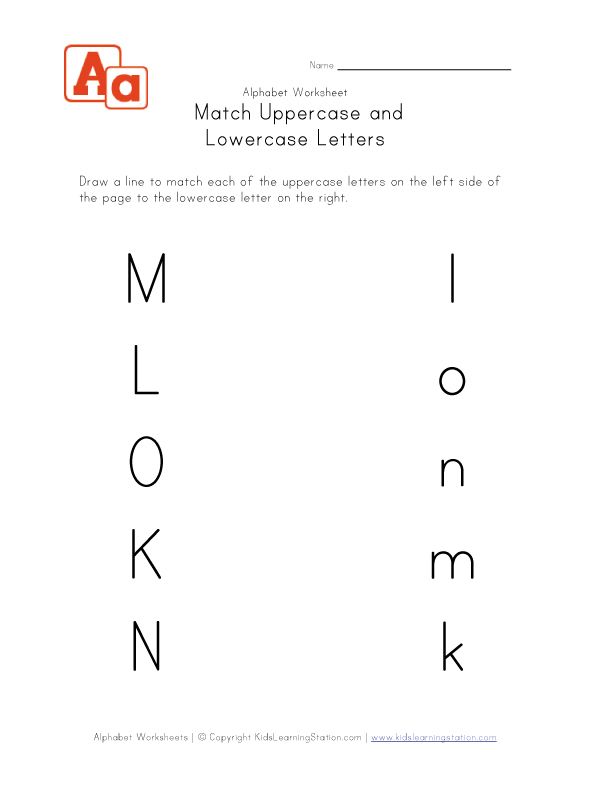
With practice, your child will enjoy becoming a letter matching professional!
5) Get Crafty
This interactive learning activity is all about practicing letter formation using uppercase letters and lowercase letters. No matter which form of arts and crafts your child chooses for this activity, you’re sure to have a blast!
What You’ll Need:
- A variety of art supplies, such as pipe cleaners, Play-Doh, Fingerpaints, glue and glitter, ribbon, and construction paper
- Kid-safe scissors
What To Do:
Grab your art supplies and get ready to start the fun.
Say a letter aloud (or write it down for your child to visualize if that works best) and have your child form the letter using your chosen material. Then have them create the corresponding uppercase or lowercase letter to match.
Engaging in crafts is a great way to encourage your child to practice forming letters — they’ll be so busy having fun that it won’t feel like learning at all!
6) Hidden Letters
Get your child up and moving while they practice their letters with this simple game.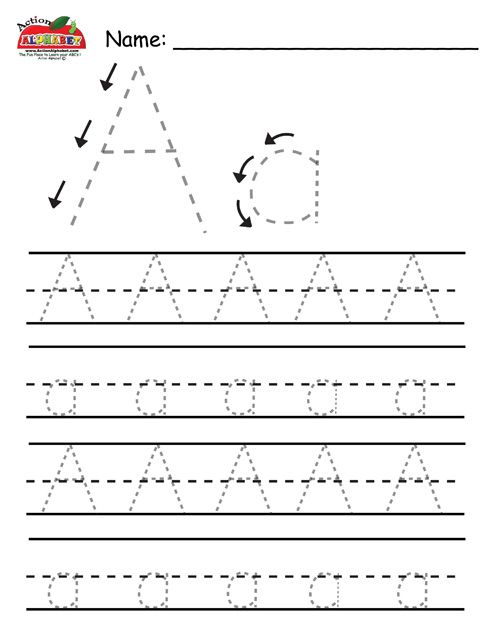
What You’ll Need:
- Your letter cards from activity number four
What To Do:
To make the game more manageable, pick out five to 10 letters your child is practicing. Then, make a deck out of the uppercase and lowercase cards for those letters.
While your child isn’t looking, hide the cards in one room of your home. That way, you’ll limit the area they have to search.
Once the cards are hidden, it’s time to go on a letter scavenger hunt! Your child will love finding all of the letter cards.
Encourage them to set their cards out in a matching set, with an uppercase letter next to a lowercase, so they can see at a glance which part of each set they’re missing.
7) Post-It Note Letter Challenge
Can your child select the matching letters to finish this challenge?
What You’ll Need:
- 52 Post-It Notes
- A pen
- A large area to hang the notes on, such as a blank wall or a whiteboard
What To Do:
Write an uppercase letter on 26 Post-It notes.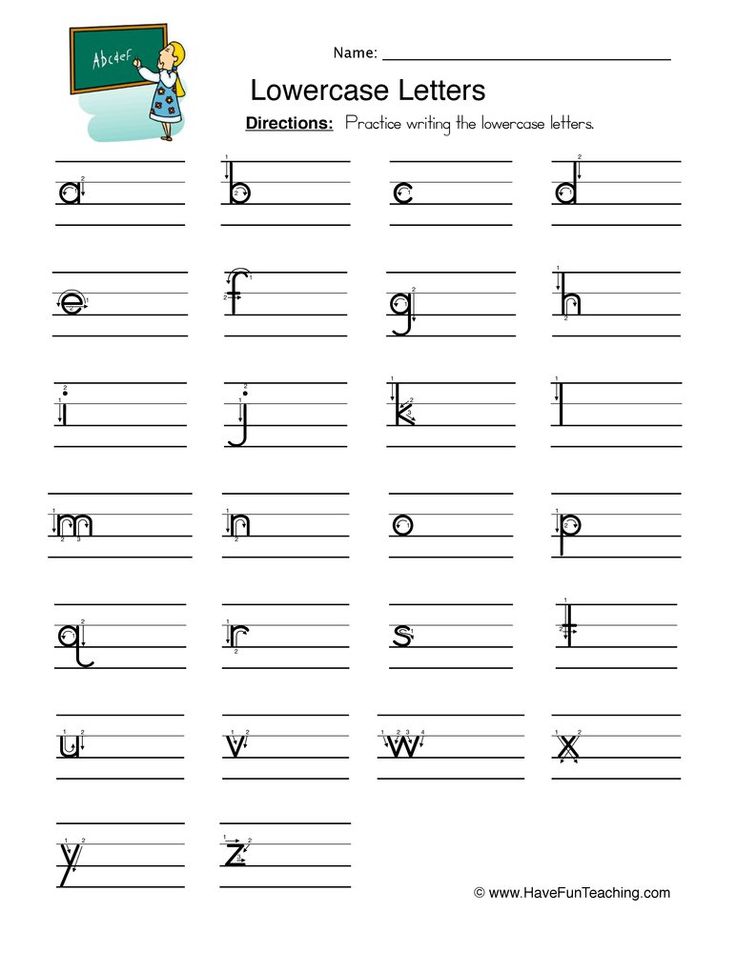 Then, use the remaining ones for lowercase letters.
Then, use the remaining ones for lowercase letters.
Next, alternate placing uppercase and lowercase letters onto your wall or whiteboard. You might have a capital “A” followed by a lowercase “b.”
Once you get to “Z,” set the remaining letters in a row so your child can see them. Point to the uppercase “A” and ask, “Can you find the lowercase letter that matches?” If your child correctly identifies the letter “a,” have them pick it up and stick it below the capital “A.”
If they pick the wrong letter, that’s OK. Gently let them know that they picked a different letter and have them try again.
Once both “A’s” are together, move on to the next letter. When your child has returned all of the missing Post-Its to the wall, sing the ABC song together.
Note: If your child doesn’t yet know all of their letters, don’t start with all 52 Post-Its. Instead, pick a smaller number for them to practice with so they don’t get overwhelmed.
Also, once you finish with the Post-Its, they can save them and use them for this fun Letter Toss game.
8) The Learn & Grow App
If your child enjoys a bit of educational screen time, the HOMER Learn & Grow app is a great way to let them practice their letter identification skills.
What You’ll Need:
- A compatible device
- The HOMER Learn & Grow app
What To Do:
Our kid-friendly design makes it easy for your child to practice their letters on their own, so it’s perfect for those busy days when you just can’t squeeze in another activity.
Once you set up their learning pathway and create your parent account, you can let them play independently. The program takes them on a personalized learning journey that’ll meet them where they are now and help them grow.
Many of the games in the Pre-K section of Learn & Grow, as well as the Early Learners section, work on letter recognition and identification, so it’s a fun way to review what you’re working on together.
9) Letter Sort
Some uppercase letters look just like their matching lowercase friend. Others look nothing alike. This activity helps your child pay attention to the shape of each letter so they can sort them.
Others look nothing alike. This activity helps your child pay attention to the shape of each letter so they can sort them.
What You’ll Need:
- Letter cards (you can reuse the ones you made in activity number four)
- Two large bowls to sort the letters into
What To Do:
Start by mixing up all of the letter cards. Then, invite your child to help you sort them into two groups: those that look the same in upper and lowercase and those that look different.
You may need to model this for your child a few times. For example, hold up the capital “S” card and ask, “Do you see a lowercase letter that looks like this?”
When your child finds it, say, “Both the uppercase ‘S’ and the lowercase ‘s’ look similar. They have the same shape, but one is a little smaller. Let’s put these two letters in this bowl because they look the same.”
Then, pick up another uppercase letter, such as the “E.” Ask your child to find the lowercase “e.” If they have any trouble, give them a hand.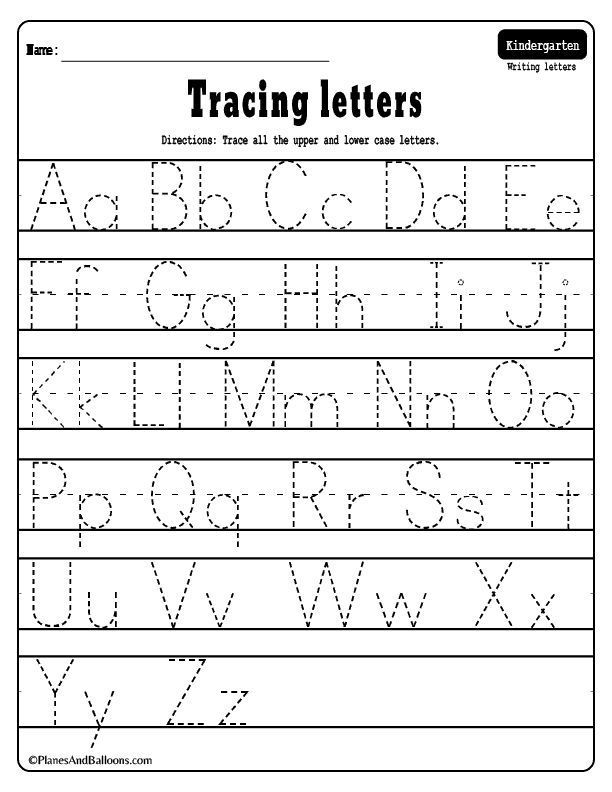 Then ask, “Do these two letters look the same?”
Then ask, “Do these two letters look the same?”
Let your child examine both letters and highlight similarities and differences between the uppercase and lowercase versions. Then say, “Since they don’t look the same, we’re going to put them in this bowl.”
Continue sorting, letter by letter.
Once your child sorts all the letters, have them count the cards in each bowl and see if there are more that look alike or more that are different.
10) Identifying Letters In Books
When you’re sharing a book with your child, asking them to identify a few letters is a fun way to sneak in a little extra practice. It’s also a great way to get them excited about books and reading.
What You’ll Need:
A picture book your child will enjoy hearing (find some of our book recommendations in this post)
What To Do:
Start by choosing a book that you know your child will enjoy. Then, as you read it aloud, stop occasionally to point out a few letters and ask them to identify them.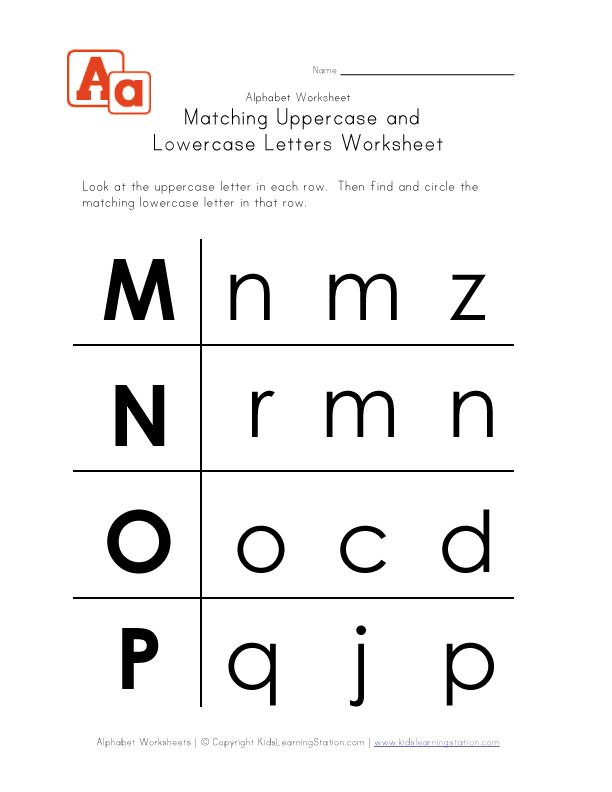 For example, you might say, “Oh, look, there’s an uppercase letter ‘B’ on this page. Do you see it?”
For example, you might say, “Oh, look, there’s an uppercase letter ‘B’ on this page. Do you see it?”
If your child has trouble finding the letter, point it out. Then, say the sound the letter makes and have them repeat it to you.
Once they’ve found the letter, invite them to look for other letters on the page. See if they can find an uppercase and a lowercase version of the same letter. If not, that’s okay. Just move on to another page and try again.
As you stop, pay attention to your child’s engagement level and enthusiasm. You don’t want them to get tired of finding letters, so try to quit while they’re still having fun and enjoying the activity.
You can always try again later!
11) Make A Letter Book
Your child can use their alphabet knowledge to create a special book from A-Z. It’s great for practice and can also be a neat keepsake to look back on when your child is older.
What You’ll Need:
- Construction paper for the cover
- Printer paper for the inside pages
- Crayons or colored pencils
- A pencil or pen
- A stapler or a hole punch and ribbon
What To Do:
Start by having your child select a title for their book and then decorate the cover.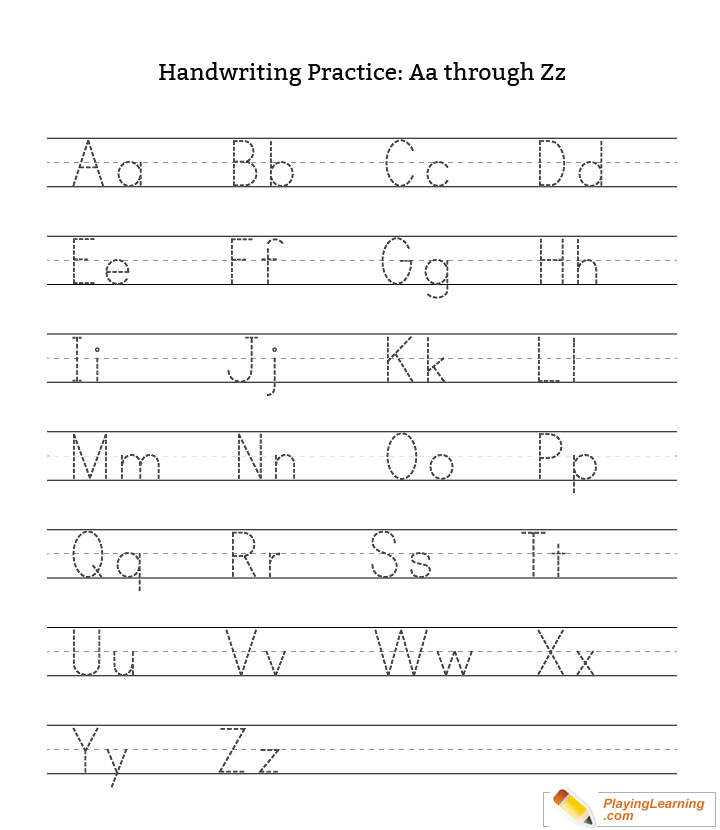 They can use crayons or colored pencils for this task. Just make sure you add their name as the author somewhere!
They can use crayons or colored pencils for this task. Just make sure you add their name as the author somewhere!
Once they finish the cover, it’s time to move on to the inside pages. For each letter of the alphabet, have your child write an uppercase and a lowercase letter. Then, have them illustrate the page by drawing things that begin with that letter.
For example, for the “D” page, they might have a picture of a donut, a dog, and a duck.
Once every page is ready, it’s time to put the book together.
First, lay the pages out in order from A-Z, and then put the cover on top. Flip through the book to make sure everything lines up.
When everything is together, use the stapler to bind the book. If you don’t have a stapler that’ll staple something that thick you can also use a hole punch and a ribbon to bind it.
Once you’ve finished, have your child read the book to you. They can say the letter on each page and then identify the items they’ve drawn that start with each letter. As they’re reading, have them point to the uppercase or lowercase letters on each page to practice.
As they’re reading, have them point to the uppercase or lowercase letters on each page to practice.
Learning Letters Is Fun With HOMER!
With the help of our expert learning tips and fun, engaging activities, your young learner will begin to enjoy practicing uppercase letters and lowercase letters in no time!
From I-Spy and guessing games to enjoying crafts together, watch your child’s skills develop as they master letter recognition and letter formation, feeling more confident each time they practice.
To experience even more “I did it!” moments with your child, try our Explore Letters Kit. Packed with thoughtfully designed activities and expert play tips to build their literacy skills, the possibilities are nearly endless!
Author
Teaching children to read and write
Submitted by a.musaev on Sun, 05/01/2022 - 22:08
Learning to read and write
Talking, singing, playing with sounds and words, reading, writing and drawing with a child are all great ways to build a good foundation for literacy.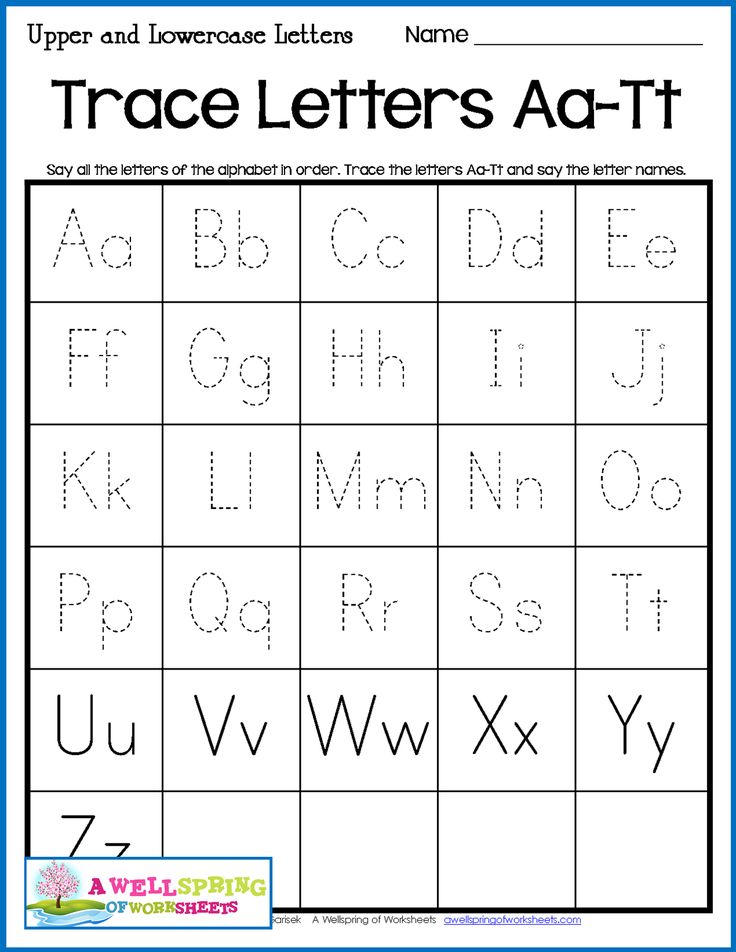
The good news is that regular daily activities at home or, if possible, in a store or library, create a lot of interesting opportunities for developing literacy. nine0003 AND It doesn't take long for your child to learn to read and write - just 5 minutes a few times a day is enough. The key is to do it at different times and use different opportunities to help your child learn. It can be the simplest activity, such as making a shopping list, playing rhymes, or reading fairy tales before bed. It is never too early to involve a child in activities during which he/she will learn to read and write - even babies love to hear stories and engage in conversation. The following are activities for children of all ages. If you have several young children of different ages, you can combine or change activities according to their interests and skills. nine0003 Communication and singing Reading and studying with books Drawing and writing classes Scribble writing and drawing help young children develop the skills they will need later to develop writing skills with pencils and pens. Here are some activities that may be of interest to toddlers and preschoolers: In addition to the above, as school gets closer and your child shows interest, you can also try the following activities: Speaking Reading and activities using books Drawing and writing activities Australian Article On Cover Image Image Kelly McClintock Keywords Children develop literacy to become competent competent Literacy training Literacy development Literacy Literacy development Category Play and study Child Age 7-9 months 10-12 10-12 10-12 months 13-18 months 19-24 months 25-36 months 37-48 months 49-60 months 61-72 months Child Gender Both Parent Gender Both Generic Content OFF License Content OFF PREMATURA Infants, toddlers and preschoolers: learning to read and write
Communication and singing with young children helps them develop listening and speaking skills.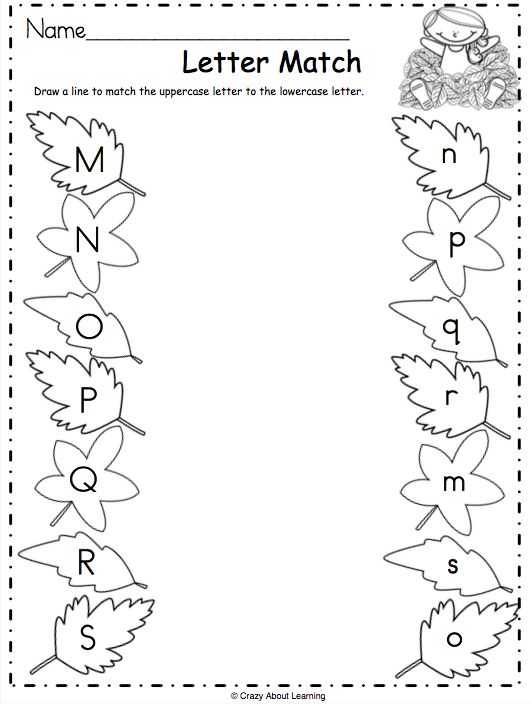 Here are some ideas to get you started:
Here are some ideas to get you started:
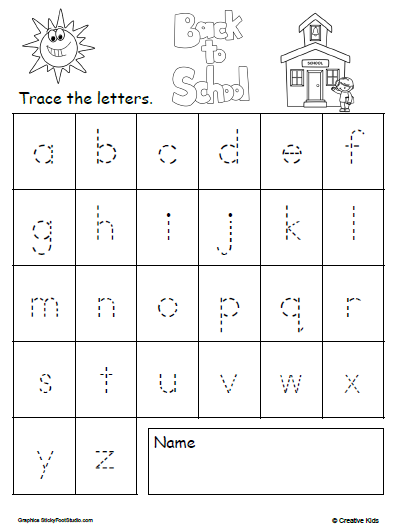
Even in toddlers, reading aloud develops vocabulary, the ability to listen and understand, and forms the basis for further development of the ability to connect sound and words. Your child may enjoy the following activities:
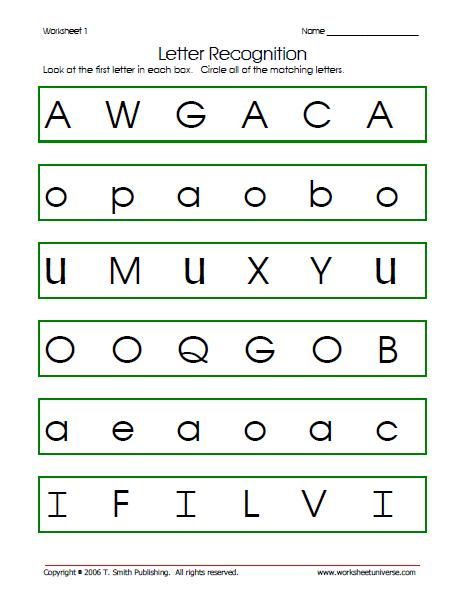 You can even make your own book with items your child loves to look at and touch.
You can even make your own book with items your child loves to look at and touch.
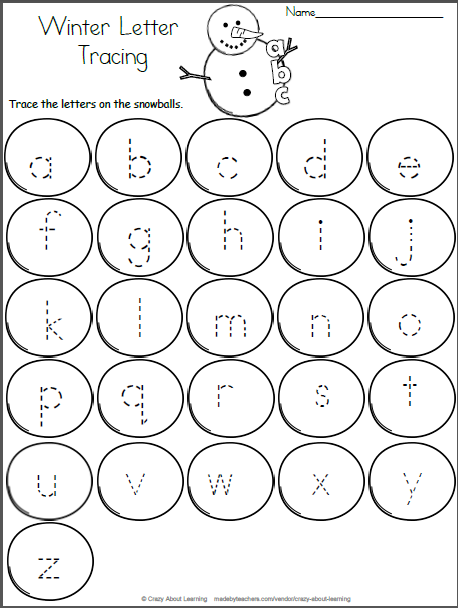 nine0028
nine0028 Preschoolers: Reading and Writing Extra Activities
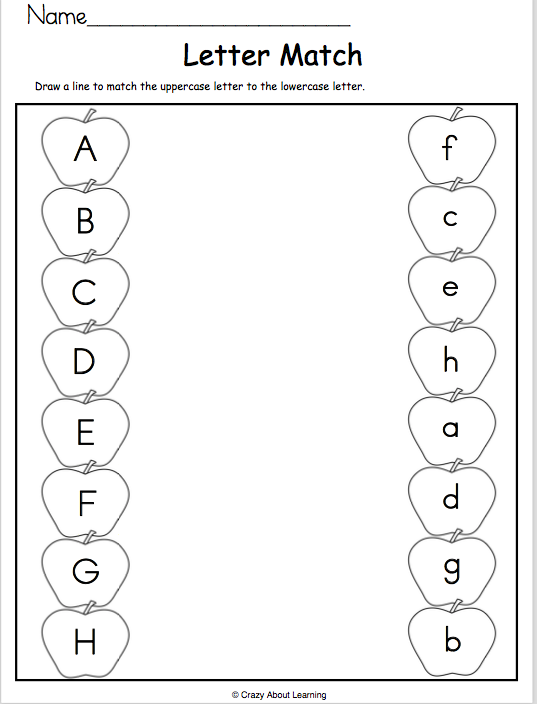 For example: “I will think of a word that starts with “M”. What do you think I'm looking at that starts with that letter?" nine0028
For example: “I will think of a word that starts with “M”. What do you think I'm looking at that starts with that letter?" nine0028
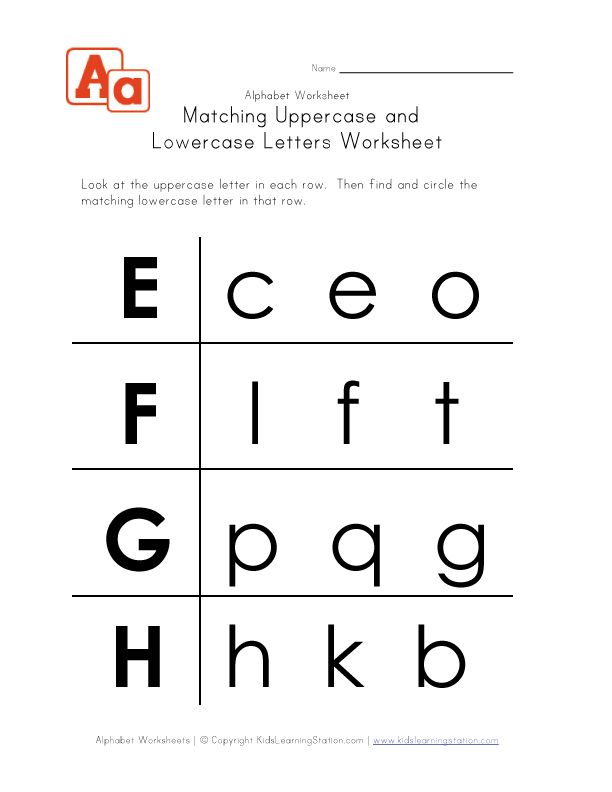 nine0028
nine0028
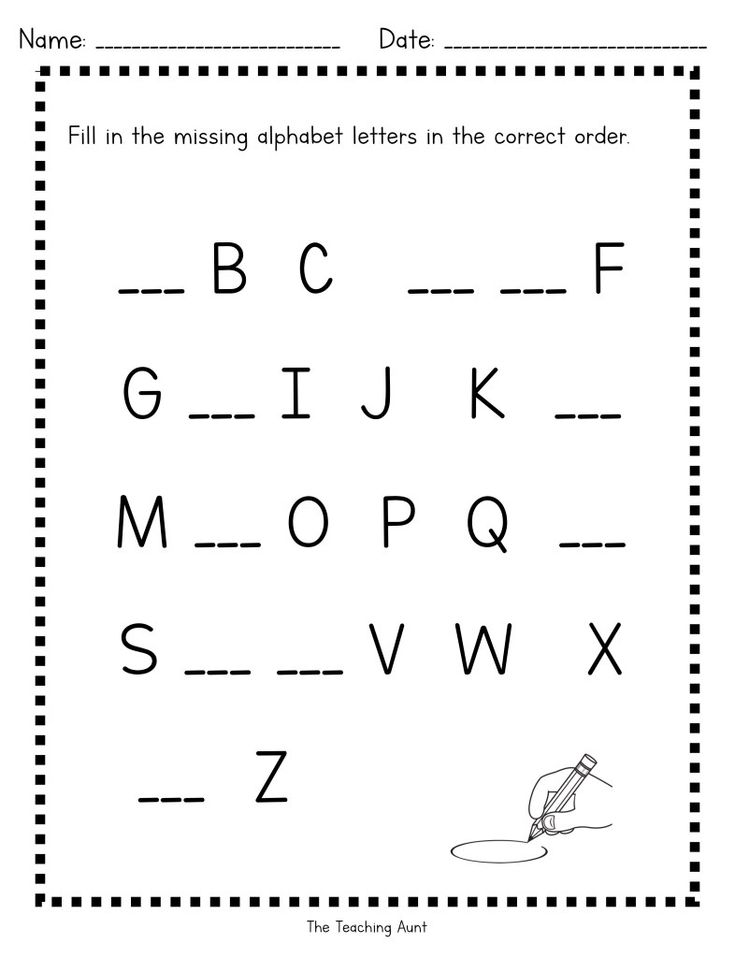
Writing for children in St. Petersburg, teaching writing to preschoolers
St.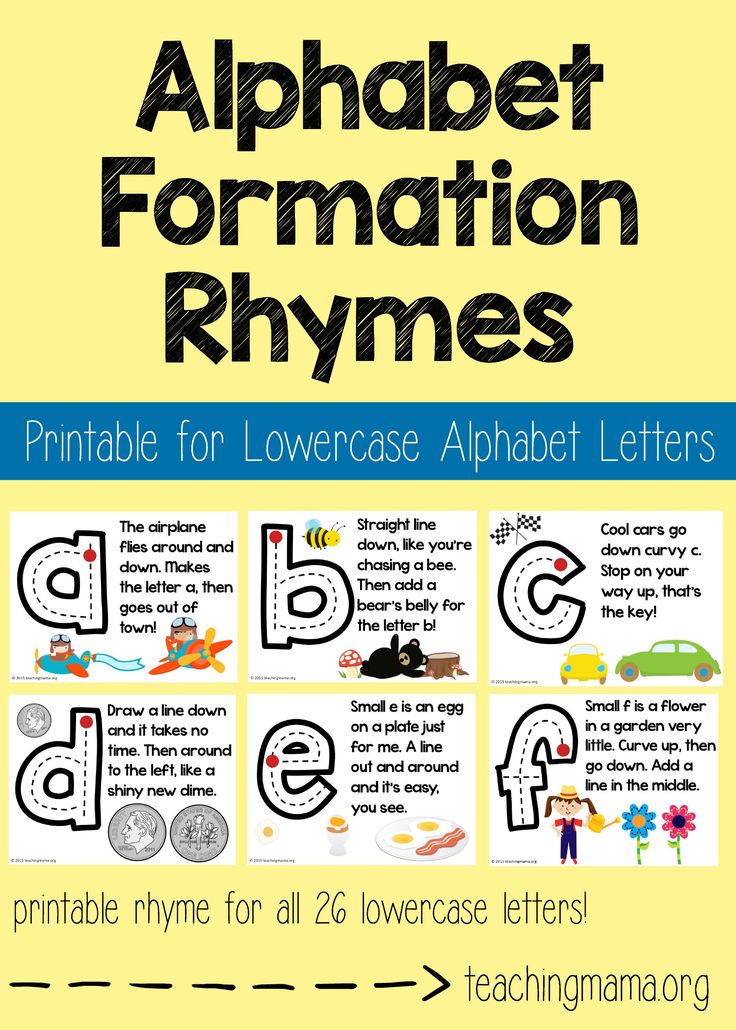 Petersburg
Petersburg
Choose a center Choose a center nine0003
- Baltic Pearl
- in Pushkin
- Leontievsky Cape
- at Akademicheskaya
- on Vyborg highway nine0027 on Dybenko
- on Zvezdnaya
- on Kushelevskaya
- on Leninsky
- at Moskovskaya nine0027 on Parnassus
- on Lenin Square
- at Proletarskaya
- at Queen Avenue
- at Glory Avenue nine0027 Sun City
- in Kirovsk nine0027 in Novogorelovo
- in New Okkerwil
- in Novoselye (school) nine0027 in South Kudrovo
- in Vsevolozhsk
Show on the mapChoose another city
Franchise nine0003
Network of children's language centers
Sign up for a trial lesson
About us
Our branches
Reviews
News
Teaching methodology
How are the classes
Certificate | Level 1 (5-6 years) | Level 2 (6-7 years) | Course features | Sign up for classes
For a century now, learning to write has been available to everyone and is not a privilege.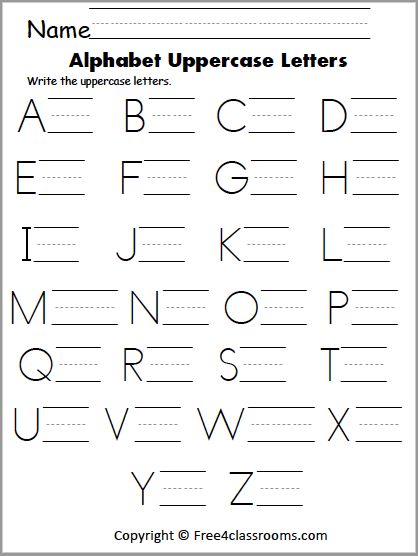 Nowadays, a child under 5 years old begins to imitate adults, drawing letters and numbers on paper.
Nowadays, a child under 5 years old begins to imitate adults, drawing letters and numbers on paper.
The skill of writing is an unusually complex function that involves almost all parts of the brain! Establishes the connection of hand movement with our thoughts.
However, written speech primarily has the function of transmitting information. The first skills of writing appear in early childhood and are expressed in the inept drawings of the baby. Each colored picture or scribbled piece of paper that a child gives to his parents is an attempt to convey what he sees or feels. Of course, adults must definitely respond positively to such manifestations of thoughts and encourage it. nine0003
Very soon the baby will have to go to the first grade, where today it is necessary to show the proper level of knowledge at the very beginning. The requirements of the modern school are such that a student at the age of 7 should already be able to write and read, at least in syllables.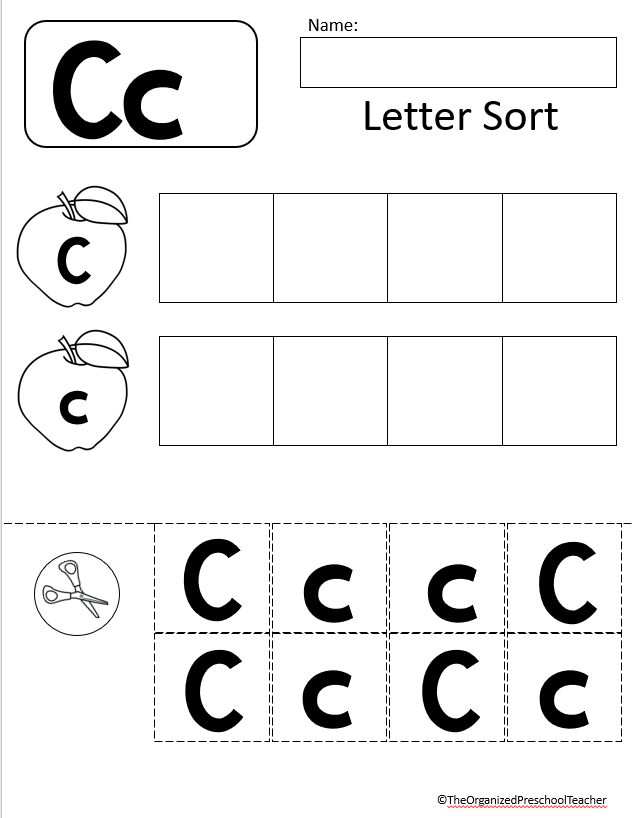 That is why attentive and caring parents begin to prepare their children in advance. So, many mothers, even before graduating from kindergarten, begin to choose writing courses for preschoolers in St. Petersburg.
That is why attentive and caring parents begin to prepare their children in advance. So, many mothers, even before graduating from kindergarten, begin to choose writing courses for preschoolers in St. Petersburg.
The network of children's centers Polyglotica has developed a unique teaching methodology that allows you to effectively and gently prepare your child for school, develop writing and reading skills. Teaching children 5 years old to write begins with writing not whole letters, but their components, such as lines, circles, shelves, dots, etc. The preparation of preschoolers for writing and reading takes place in play activities, because play at this age is the main way to learn about the world. The children get acquainted with the letters, their correct arrangement, order, sound. nine0003
In all our lessons there is a friendly atmosphere, thanks to which the children always go to class with pleasure, do not hesitate to answer questions and train their communication skills, therefore, at school, he will feel confident answering at the blackboard.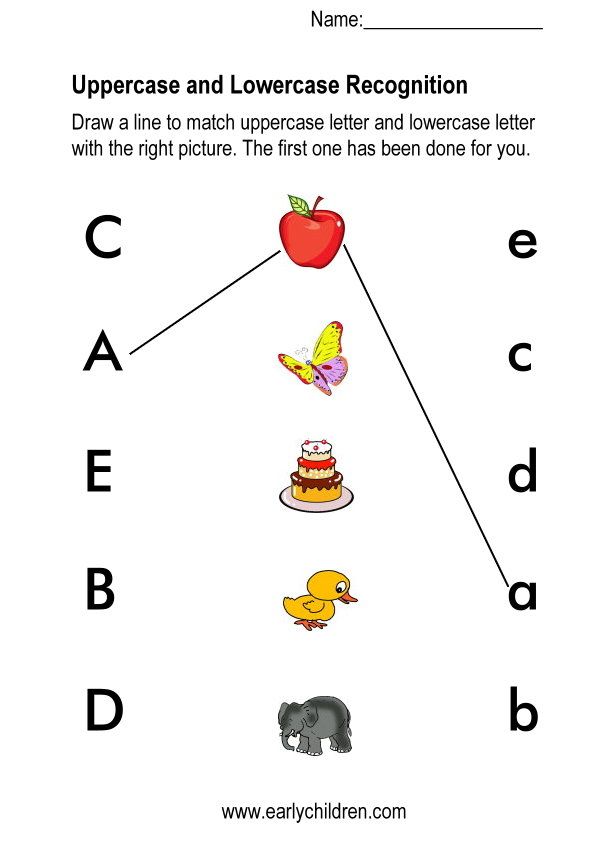 The children in the classroom listen with pleasure to stories from the teacher, join in a dialogue about what they have read, learn to retell events and evaluate the characters.
The children in the classroom listen with pleasure to stories from the teacher, join in a dialogue about what they have read, learn to retell events and evaluate the characters.
The "Writing" program from the "Polyglotiki" centers in St. Petersburg is designed for two years of study. Children will come to class once a week. If you want to master the course in one year, then you need to attend classes 2 times a week. Thus, a two-level course, designed for 72 hours, will be learned. nine0003
Certificate
Level 1 (5-6 years)
The first stage of the program "Writing" is designed for one year. During this period, students begin to get acquainted with letters (uppercase, lowercase, printed, uppercase), hold a pen and pencil correctly, learn to draw all graphic elements correctly and evenly, and take the correct posture when writing. Fine motor skills are trained, the correct position of the hand and its inclination are developed with special exercises.
At the same time, speech sounds and letters are differentiated. It is important to accurately recognize and correlate them, because along with the graphic skill, the spelling skill is also developed. The children are introduced to the alphabet, learn the letters and their spelling. nine0003
It is important to accurately recognize and correlate them, because along with the graphic skill, the spelling skill is also developed. The children are introduced to the alphabet, learn the letters and their spelling. nine0003
Level 2 (6-7 years)
In Year 2, children move on to Level 2 and continue to work on writing letters, moving on to words and sentences. It's time to get familiar with capital letters. Special prescriptions train the skill of connecting different letters.
The teacher repeatedly demonstrates how to write a letter on the board, commenting and explaining the movement and inclination, after which the children proceed to the tasks of self-writing. At this stage, the skill of free mastery of writing is fixed, the foundation of written speech is laid. nine0003
After successfully mastering the correct spelling of letters and words, teachers move on to the use of cheating. The key point is the development of visual memory, and not just the transfer of words from the board or book. The next important stage will be writing under dictation
The next important stage will be writing under dictation
Of course, the ability to write is the most important step on the way to a new stage in the life of a future first grader. It is on how your child writes (evenness of handwriting, speed) that his school performance will depend. However, any parent must remember that one cannot demand more from a child than he can do due to his age. nine0003
The network of children's educational centers Polyglotica successfully and efficiently teaches writing to preschoolers aged 6-7 in St. Petersburg. We not only introduce children to letters and sounds, one of the main tasks of teachers is to teach preschoolers to write letters, words and sentences smoothly and quickly.
A friendly atmosphere in the classroom, the absence of a strict grading system, a rigid framework allows children to feel comfortable.
nine0005 Course features
Gradual teaching of a child to write
The training program "Writing" is divided into two levels of complexity, psycho-emotional and age characteristics of age are taken into account.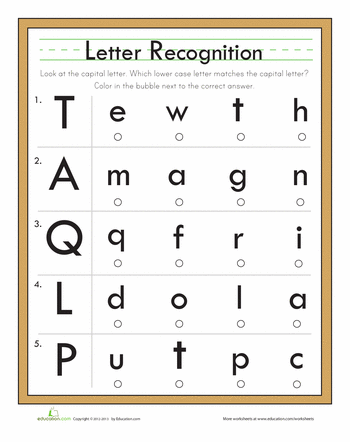
Education between the ages of 5 and 7 is most effective and produces excellent results. Despite the early age, during this period, children are already aware of their success, which, of course, motivates them to continue their studies at school.
Effective preparation for school
At the end of the two-year course, children will be fully prepared for Russian language lessons at school: they know the alphabet well, can write and read accurately, easily distinguish between vowels and consonants, write off and understand texts.
Comprehensive development of children
Since writing is inextricably linked with the active work of the brain, we can talk not only about mastering the skill of writing and training attention, but also about the active development of all parts of the brain. There is an active perception and retention of the image of the word in the head. The motor and deep parts of the brain are responsible for sufficient muscle tone, train the hand, correct subtle movements, and switch between positions with jewelry.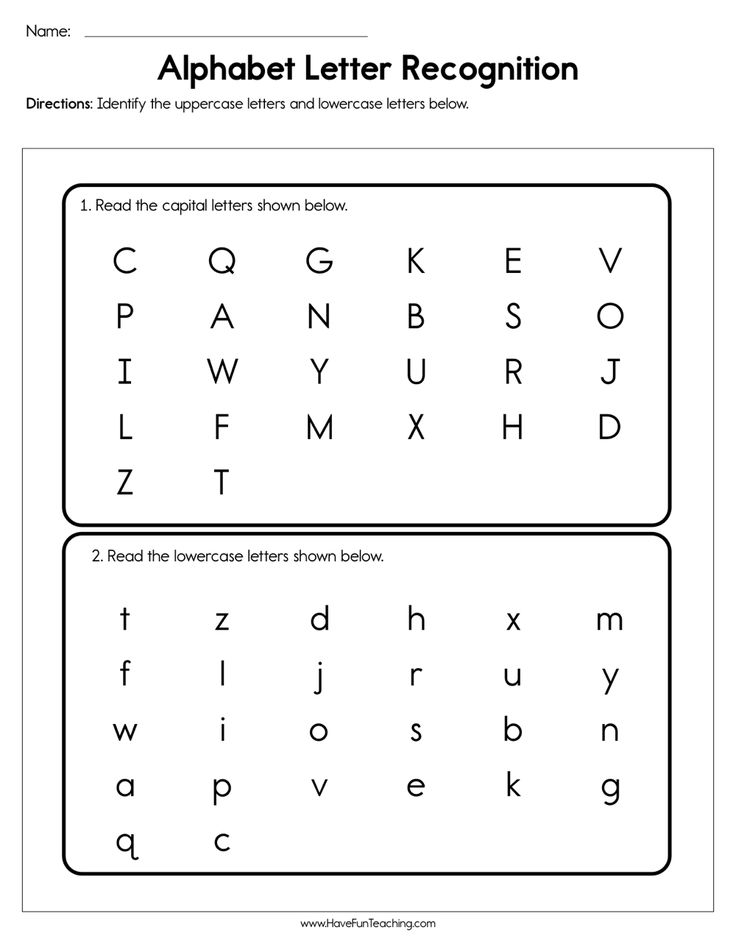 And, of course, all this is accompanied by an analysis and search for semantically suitable words. nine0003
And, of course, all this is accompanied by an analysis and search for semantically suitable words. nine0003
Sign up for classes
leave a request or a question, and our specialists will contact you shortly
Choose a branch*Baltic Pearl in Pushkin0003
Course of studyEnglish languageGerman languageSpanish languageItalian languageChinese languageFrench language Preparing for school Preparing for examsArtCookingCraftsFitnessMusicStorytimeYoga kidsEnglish Literature English for elementary school (online)English Club-GardenEnglish TheaterEnglish language (group)Bilingual full-time kindergartenKids School of FashionArt StudioKorean languagePrivate lessons with PolygraphyKalliglot Memory developmentSummer campSpeech therapy classesMath in EnglishMental arithmeticMini-gardenMnemonicsMusical DevelopmentScience in EnglishWrite-ReadPreparation for immigration PortugueseConversation Club with a native speakerEarly development in EnglishSpeed readingCreativity in EnglishLearn well!Fitness in EnglishChess ClubEnglish (online)German (online)Spanish (online) ) nine0003
For faster processing of the application, you can provide more information.

